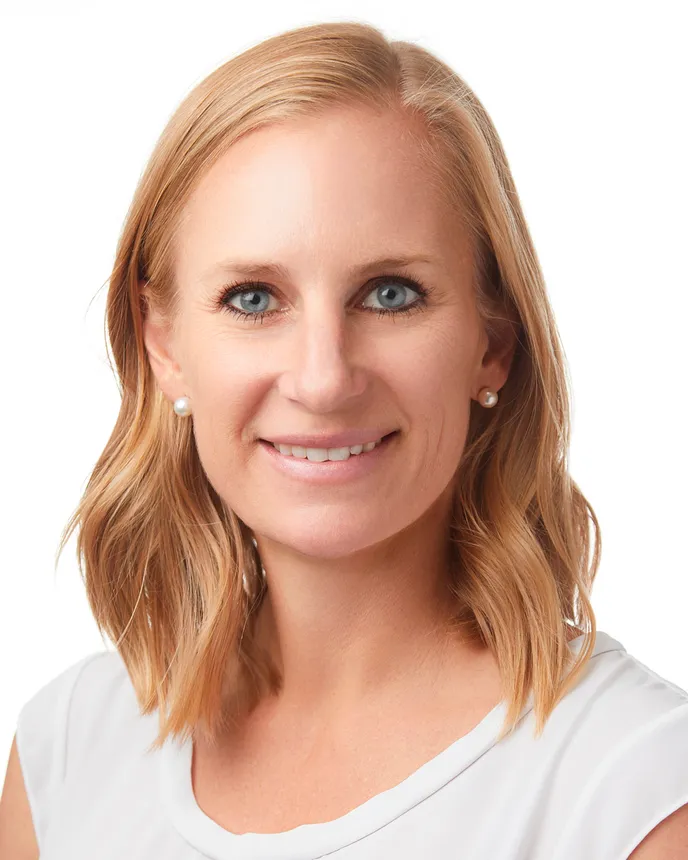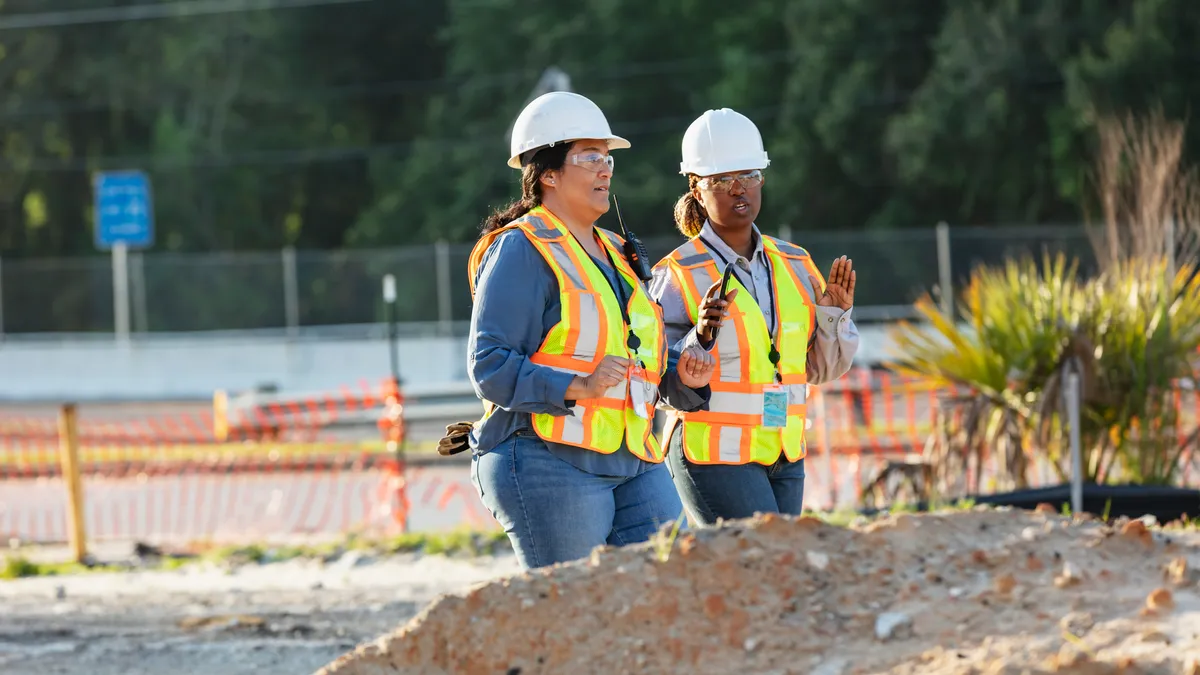Marsia Geldert-Murphey’s first construction job was working on a bridge over the Mississippi River. She was excited about being out in the field, but the job did not have a safety belt small enough to fit her.
“I had to hold on with one hand to the safety belt because it didn’t fit around my waist,” she said. “I was at even greater risk trying to use the safety equipment available at the time.”
Geldert-Murphey, now president of the American Society of Civil Engineers, said such a situation would be unthinkable now, with about 1.2 million women working in construction, according to the Bureau of Labor Statistics. That is about one-tenth of the industry’s workforce.

As labor shortages continue to drag on, the exclusion of women — intentional or not — continues to hamper efforts on filling open positions, which the industry is working to address.
But change is happening.
For example, Geldert-Murphey pointed out that, for the first time in its 117-year history, the ASCE board of directors has more women than men.
When it comes to labor, “as demand has increased, and supply has reflected a better percentage of what our actual population looks like, things are going to organically change, but we still have pockets in there where we just have to really stand up for everyone,” she said.
Visibility and legacy
In 2021, leaders at Jacksonville, Florida-based Superior Construction started talking about what more the company could do for the women working there, in part because company owner Nick Largura asked why people assumed that he would bring his son into the business, but never asked about daughters.
After a series of round table conversations, it created the Superior Women in Construction group. The initial pilot group, which launched in 2022, included about a dozen women who developed a mission statement, a vision for the group and a list of the types of problems they wanted to tackle.

“They want to be a pipeline for talent for women in construction,” said Superior CFO Scott Witt, who helped get the group off the ground. They now have more than 20 members.
That work includes outreach into the local community with efforts to bring more women in the industry.
“If you’re a young woman in high school thinking about a career in construction, we want our initiative to be so strong that they say ‘I’m going to call Superior and see what they can do to help me,’” he said, whether that young woman is going into the workforce directly or to college.
The initial pilot group developed a mentor program, where every woman was partnered with a senior executive. It has been so successful, Witt said, that it serves as a model to expand to other kinds of employees.
“They want to make an impact on the entire organization, not just women,” he said. “They want to be an integral part of our overall leadership and development plan.”
Swinging into a good idea
Redwood, California-based DPR Construction has set up initiatives by listening to what their women employees see as pressing needs. To start, the company has made changes to its recruiting process to diversify who is involved in recruiting efforts out in the community and part of the hiring process, so that potential candidates can see themselves working there.

“We’re intentional of where we’re recruiting, and who represents us on our hiring team,” said Gretchen Kinsella, a member of the leadership team and business unit leader for DPR in Arizona. “We want folks with diverse backgrounds in the community telling our stories.”
DPR also has an annual women's golf tournament in Arizona, which was created after internal discussions revealed that women didn't feel comfortable in some golf settings, which were seen as a male-dominated networking world. Eight years ago, DPR started to address this by offering an annual golf tournament in Arizona, in order to help women get more comfortable on the course.
Now, women design partners and clients also attend, an idea that started “all out of creating a safe place and environment that can be an intimidating place,” she said. “They can create connections and give that level of network for someone like myself who felt like I was missing out.”
The golf outing now has close to 90 attendees, and male employees get involved by serving as caddies.
Kinsella said that making women feel they belong in construction can be part of a bigger effort to help people from other underrepresented communities feel welcome.
“Gender can be seen and felt more quickly by many, but inclusivity overall is really important to create a safe and thriving environment” for everyone, she said.
Welcoming the next generation
Despite construction’s large gender gap, things are changing quickly thanks to younger workers.
“I’m getting more and more women in the program every semester,” said Angela Smith, faculty in the construction science program, and faculty advisor for the Women in Construction student organization at the University of Tennessee Knoxville. “It’s encouraging that women find the program and understand that construction management is a good place for them.”
The UT Knoxville Women in Construction group launched this semester with about 30 members.
“They are still members of and actively support the construction science club that represents everyone in the major, but there was a need and a benefit to having something tailored to women,” she said.
The group's goals include networking with other women in construction, in jobs other than just their major. That includes engineers, architects, lawyers, business owners and managers of local branches of construction companies.
“They want to create a much larger network of support and communications tailored for the students in the program,” Smith said.
Smith thinks that women are going to continue to enter the field in growing numbers as they see people who look like them working there, but also because attitudes about what women can do are changing.
“I think what’s really happening is a sea change in our culture, where fathers and grandfathers are treating their daughters and granddaughters the same way they would their sons and grandsons. They’re showing them how you fix this, or how you move this, or they go out and work together,” she said.
Those fathers and grandfathers who own construction businesses are also as eager to bring the girls in as the boys.
“I have a lot of very proud fathers come in with their prospective student daughters, and are just so proud that their daughter is going into construction,” she said.
CORRECTION: This story has been updated to correct information about DPR’s golf tournament.






















